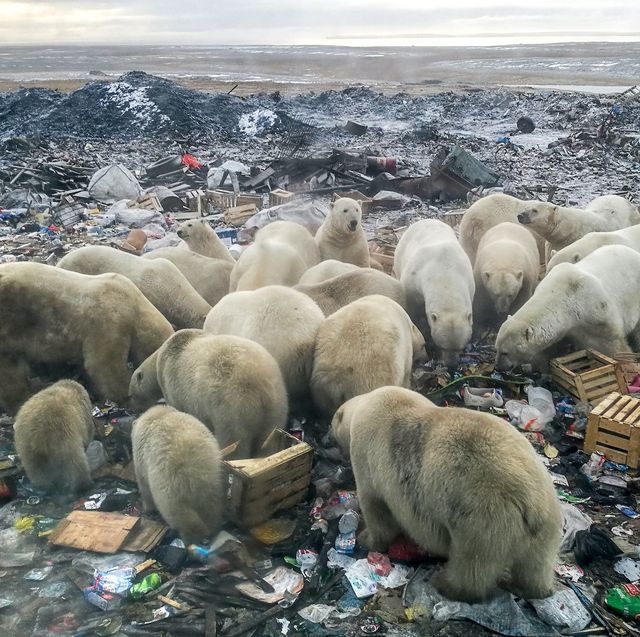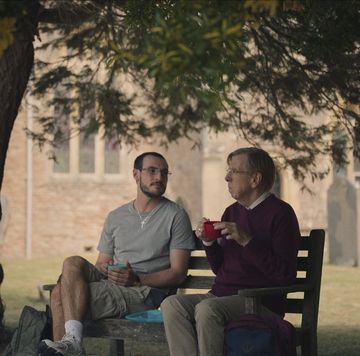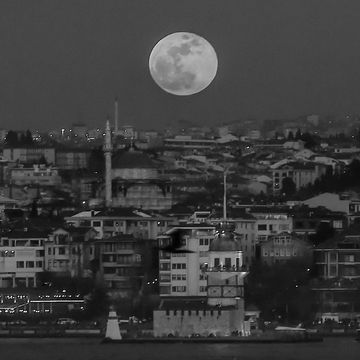I have been fortunate enough in my job to have visited the Arctic twice, the first time north of Hudson Bay in Canada, and the second time to a barrier island called Shishmaref in the Chukchi Sea between Alaska and Russia. The Arctic is the most extraordinary place, vast and wild and, in parts, utterly untamed. (Being in a tin motorboat in a river three feet from a swimming polar bear is something I’ll never forget, especially that moment when he rolled onto his back and, quite casually, sniffed the air loudly, as if to say, “Go ahead, lunchmeat, fall out of the boat.) It is still all those things. But it is also broken, perhaps irretrievably. From the Washington Post:
In research presented this week at the world’s biggest earth science conference, Pettit showed that the Thwaites ice shelf could collapse within the next three to five years, unleashing a river of ice that could dramatically raise sea levels. Aerial surveys document how warmer conditions have allowed beavers to invade the Arctic tundra, flooding the landscape with their dams. Large commercial ships are increasingly infiltrating formerly frozen areas, disturbing wildlife and generating disastrous amounts of trash. In many Alaska Native communities, climate impacts compounded the hardships of the coronavirus pandemic, leading to food shortages among people who have lived off this land for thousands of years.
“The very character of these places is changing,” said Twila Moon, a glaciologist at the National Snow and Ice Data Center and co-editor of the Arctic Report Card, an annual assessment of the state of the top of the world. “We are seeing conditions unlike those ever seen before.”
The danger from sea-rise is obvious, and is explained in detail in the report. But there is something almost sacrilegious about destroying these places just because we don’t give enough of a damn to protect them from ourselves. Without its wild places, what is this planet except a big strip-mall with beachfront property, which you one day may be able to find in Tennessee?
This year’s edition of the report card, which was presented at the American Geophysical Union annual meeting Tuesday, describes a landscape that is transforming so fast scientists struggle to keep up. The period between October and December 2020 was the warmest on record. This summer saw the second-lowest extent of thick, old sea ice since tracking began in 1985. Separately, the World Meteorological Organization confirmed a new temperature record for the Arctic: 100 degrees Fahrenheit in the Siberian town of Verkhoyansk on June 20, 2020…
…The consequences for people living in the Arctic can be dire. In Greenland and elsewhere, meltwater from shrinking glaciers has deluged rivers and contributed to floods. Retreating ice exposes unstable cliffs that can easily collapse into the ocean, triggering deadly tsunamis. Roads buckle, water systems fail and buildings cave in as the permafrost beneath them thaws.
This kind of thing has been happening on Shishmaref for years now. It has lost half of itself into the ocean, which does not freeze as early or as deeply as it once did. The permafrost is gone, so the Native people can’t bury their seal meat in the ground—what they call the “Eskimo freezer”—during the winter anymore. These are people who love where they’ve lived for generations, and who have accepted the fact that they’re all going to have to move very soon. Their world has already changed. They know what’s coming.

Charles P Pierce is the author of four books, most recently Idiot America, and has been a working journalist since 1976. He lives near Boston and has three children.













